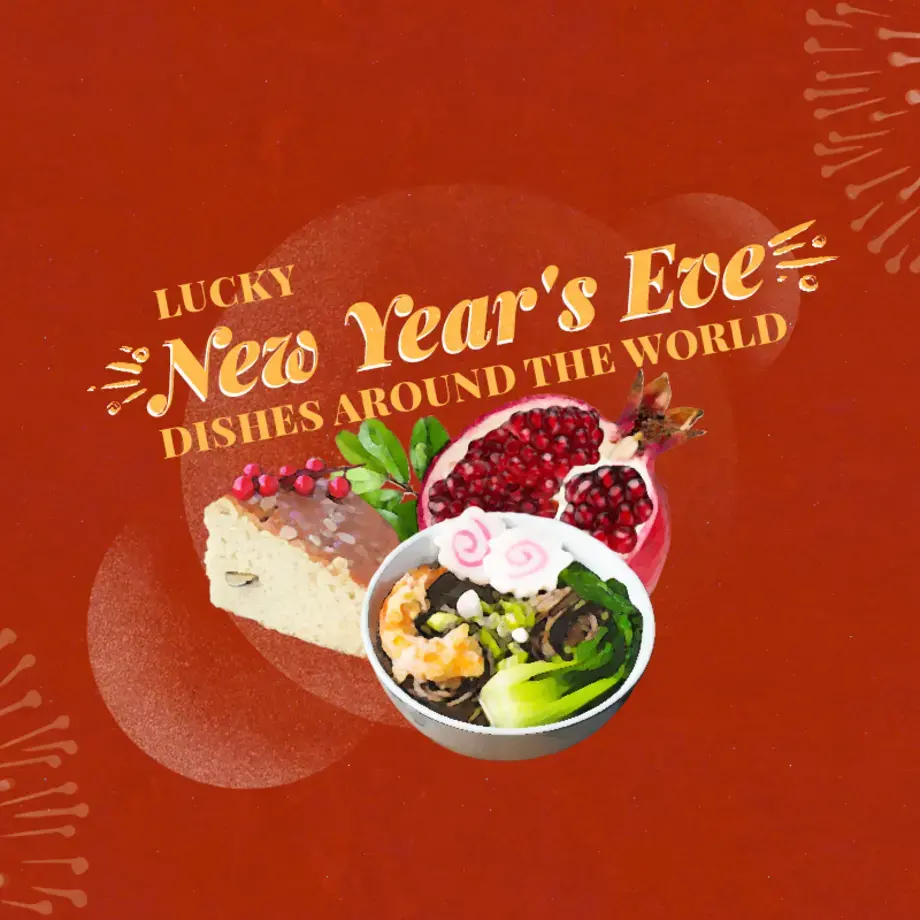The pig is one of the animals that perfectly represents the possibilities of full animal butchery. From snout to tail, pretty much every part of the pig can be used as food. Fat can be rendered, skin crisped, offal and offcuts can be ground into sausages, and the only piece that isn’t used is the lungs.
But because there is so much utility in the hog, it can be confusing as to which cut comes from where? Pork cuts can be difficult to understand, and then there are regional differences in the way pork is butchered, so there are pork cuts charts that can help you choose the right cut for the right occasion.
Whether you’re buying pork chops, roasts, ribs or steaks, these pork cut charts will show you how the pig is broken down by a butcher, so you’ll be able to make the right decision when at the counter. To help make things a bit clearer, we offer tips and indications on whether pork cuts are good for frying, roasting, boiling, grilling, smoking or slow cooking.
Pork Cuts Chart
The pig is initially broken down into four main pieces or ‘primal cuts’. These are called the shoulder, loin, side/belly, and leg. These primal cuts are then cut into sub-primal cuts such as rib roast, tenderloin, pork belly and of course bacon.









